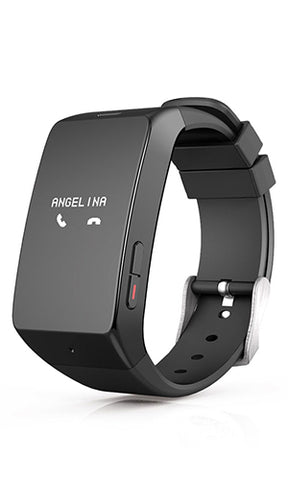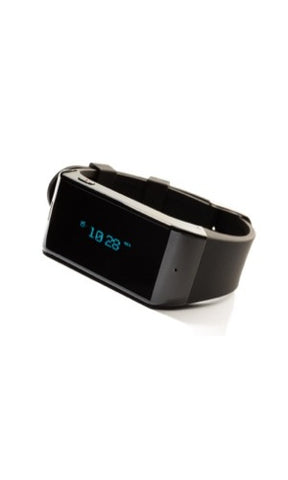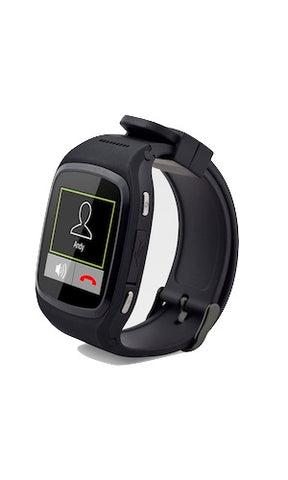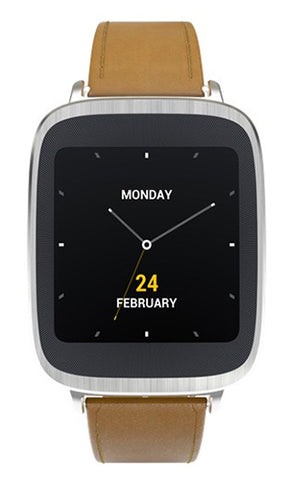ATAP envy: The two major takeaways from Google I/O
Written By
Wearables.com
This year’s Google I/O, the search giant’s annual developers conference, proved to be a decent let down from an Android Wear perspective. At the much anticipated keynote, Google focused on the latest release of Wear (5.1.0), which brought features like wifi, gestures, and an improved launcher. But missing from the keynote was any insightful information as to the current amount of Android Wear users and activated devices — and there’s a good chance that the omission was owing to the fact that the sales of Android Wear would pale in comparison to that of the Apple Watch. However, even though this year’s keynote didn’t really give developers anything to sink our teeth into, it didn’t mean that I/O attendees left without anything to think about.
Most exciting moments came from Google ATAP
On the last day of the event, the morning session was given by the Google Advanced Technology and Products (ATAP) team. Since ATAP’s inception, the motto has been “Do epic shit!” As corny as it sounds, they always seem to find a way to stay true to it. Akin to Steve Jobs and his rag tag group of “pirates” from the first Mac team, Google ATAP is the R&D team that any company would be super excited to have. During the first few minutes of the session, Regina Dugan walked us through the newest projects that her team has been working on since the last we have heard from them.
In the wearable realm, these projects included Project Jacquard and Project Soli, which both aim at tackling input for wearables in two very different ways. Project Jacquard is literally “technology woven in,” as stated on the project’s official website. In short, the team has found a way of weaving touch and gestural technology into garments and, possibly, furniture. Project Jacquard treats wearables less as an accessory and more as an integrated system with the clothes we already wear day-to-day.
There was no direct announcement of any garments that can be purchased today or even in the future, however they did announce a strategic partner with Levi’s, the inventor of the blue jean, to help ATAP work on possible prototypes. Some day, Levi’s could be the first major brand to produce clothing embedded with wearable technology.
… but hold your horses
If you are as eager about tech as I am, now is a great time to temper your excitement. To date, ATAP has yet to push a project into “mass production.” Judging by the R&D nature of the team, I would expect a hand-off of the project to a delivery team — if it is ever green lit. At this point, anything ATAP does as an experiment. They will fail 100 times before one item makes it out the door, but judging by the fast and the furious nature of the team’s work style, any failures will be followed by very little down-time.
I expect that this team will not only achieve its desired outcome of connected clothing, but I imagine that other companies will quickly follow suit. Though Project Jaquard is not the first we have heard about technology being embedded in clothing, look for Google’s strategic partnerships and ability to scale to aid them in making this dream a reality.
Project Soli brings the magic touch
The next project, Project Soli, is not a wearable at this time. However, I mention it because I imagine this technology is intended to be embedded into a wearable device of some form. Project Soli is a tiny radar sensor and is the team’s answer to clunky user interactions with wearables.
If you own a smartwatch, you are probably very familiar with the lack of precision experienced while interacting with the miniature screens. Project Soli aims to decipher fine input from a user. By using the micro radar technology, ATAP was able to precisely turn the hand and, more importantly, the fingers into their own invisible surfaces.
The examples of use Project Soli team members gave us were quite natural: swiping up and down with your thumb against your forefinger or twisting a dial between the tips of your thumb and pointer finger. During the demo, we witnessed what were some of the most precise controls I have ever seen. If this kind of techology is able to be implemented on a wearable, there is absolutely no telling what could come next.
Oh, and I forgot to mention as well that this technology is smaller than a dime.
Coupled with some sort of haptic feedback, this could become the de facto way that we interact with computers in the coming years — and it could possibly mean that we are one step closer to elusive Minority Report-type input devices.
Few deliverables, but lots of inspiration
Even though this year’s I/O lacked many deliverables or tangible things for developers to work with, both Project Jacquard and Project Soli make me very excited for the future of wearable computing. It’s refreshing to see Google playing in a space that isn’t just the wrist; the company’s large scope not only validates the many potential use cases of wearables, but will help us reach our next major breakthrough in how we interact with computers.
I am a firm believer that mobile devices have given me so many things, including a job, but they have also detracted from the experience of the world around me. Reducing the footprint and putting utility, not entertainment, at the forefront of wearable technology hopefully means that wearables will primarily be used to keep us connected to things we need rather than focus on weeding out what we don’t.
The post ATAP envy: The two major takeaways from Google I/O appeared first on Wearables.com.
Tags: Android Smartwatch, android wear, apple, apple watch, Featured Items, google, smart clothing, Smartwatches




